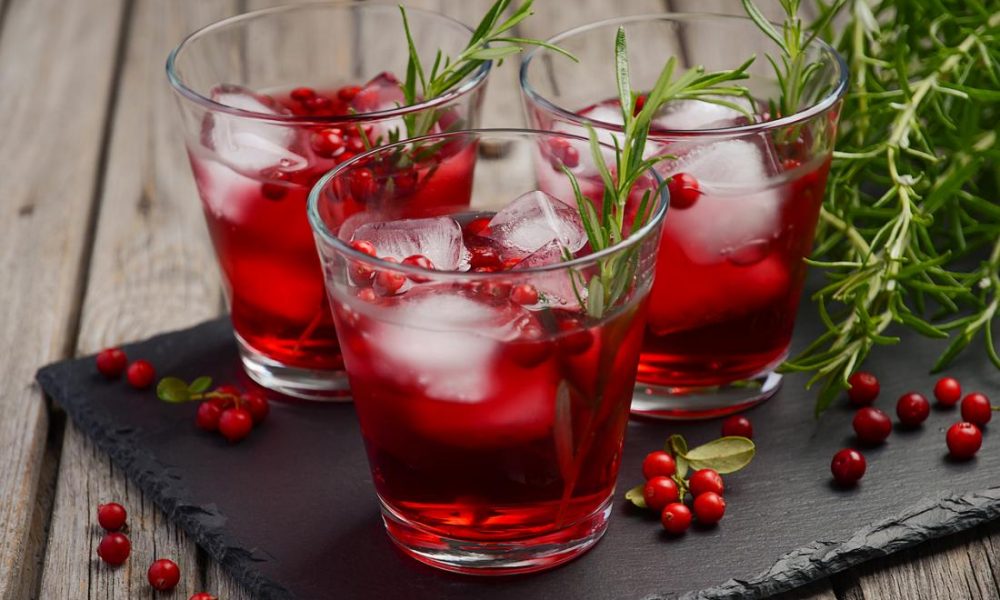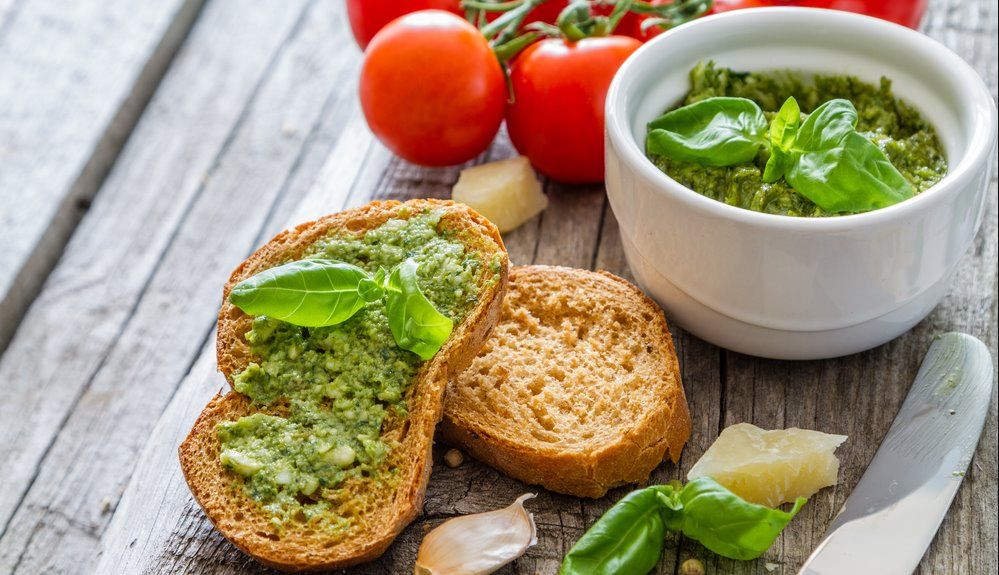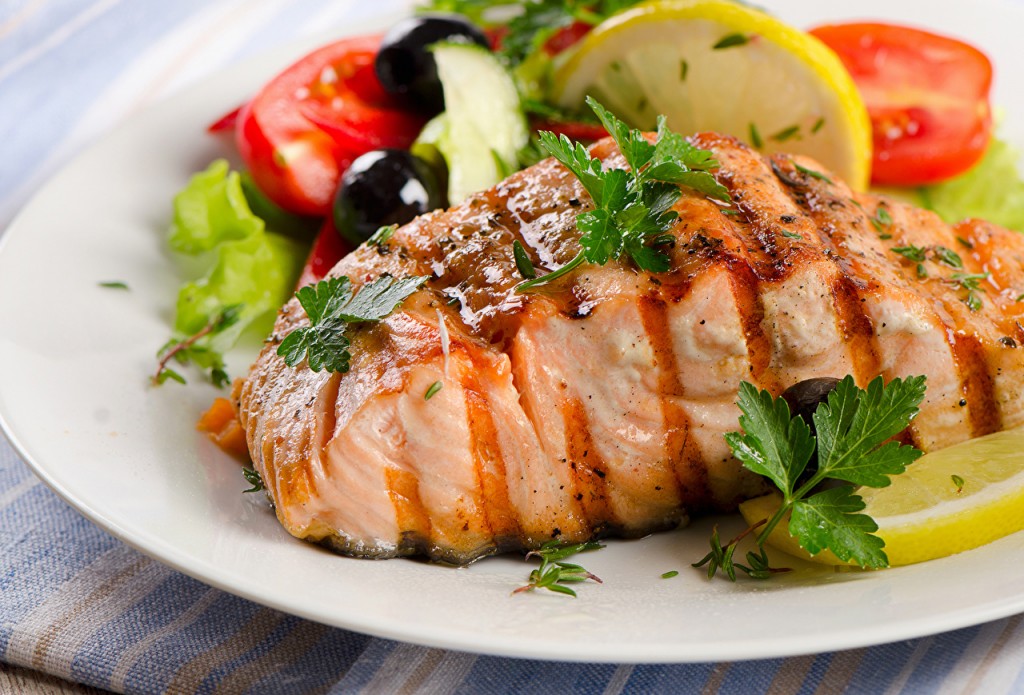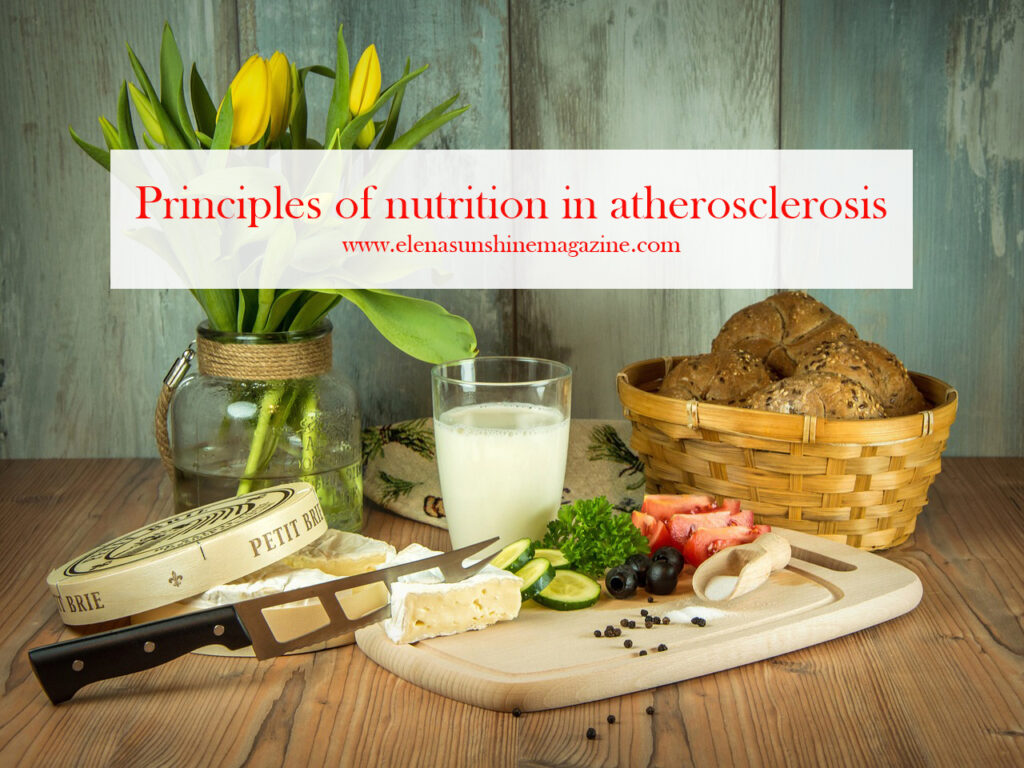A well—designed diet for every day or a ready-made diet is the key to excellent well-being and reducing the risk of additional diseases. This applies to people of all age categories, both from a preventive and curative point of view.
The diet can help with a number of serious diseases, stabilize the situation, and eliminate multiple health risks. In the case of cardiovascular diseases, the formation of a healthy diet plays an important role along with medication and physiotherapy, which are carried out under the supervision of a doctor.
(1)- “Atherosclerosis is one of the most important risk factors for CVD and stroke. At present, clinical doctor reducing the level of LDL-c delays the development of atherosclerosis. In recent years, some studies have emphasized the important role of good eating habits and living habits in the development of atherosclerosis. Including phytosterols, omega-3-polyunsaturated fatty acids, polyphenol, and vitamin, which mentioned in this article, can directly or indirectly act on the vascular system by reducing inflammation, reducing oxidative stress, or forming active metabolites.
We need to pay attention to the nutritional status of patients with atherosclerosis, which is a controllable risk factor for atherosclerosis, which can improve the patient’s nutritional status and thereby improve the prognosis of patients. Therefore, it is important to establish the consensus on nutrient intake in the field of nutrition to reduce the occurrence of atherosclerosis, thereby reducing the incidence of cardiovascular and cerebrovascular diseases.”
To avoid complications against the background of diseased heart vessels, adhere to the following general principles of nutrition:

# 1. Putting in order the power mode. To begin with, eliminate overeating. The correct option is 4-5 meals a day with a pre-made diet for a week. Eating by the hour regularly, a person eliminates the accumulation of food in the stomach, its pressure on the diaphragm, a constant load on the cardiovascular system.
#2. Limit salt intake. With the abuse of salts, there is a slowdown in metabolism, stimulation of appetite, and fluid retention in the body. There is a high probability of edema formation, primarily in the limb area.
#3. We support the water regime. Consume a sufficient amount of liquid per day (at least a liter). Make a choice in favor of ordinary water, weak teas, and drinks from herbs and shrubs (linden, rosehip, raspberry). Sugary drinks, juices, compotes, and coffee should be limited. Drink water in small quantities, preferably 25-35 minutes before meals. This will prepare the stomach for eating, and create a feeling of satiety by reducing the volume of food.
#4. We refuse fatty foods. This includes not only ready-made food (semi-finished products, sausages, pork, fast food) but also cooking methods. Frying is excluded, and the use of oils is also excluded. Try to cook without resorting to complex recipes, with minimal processing of products.
#5. Exclude sweets. This category of products invariably stimulates appetite, promotes the appearance of excess body weight, and increases the load on the heart muscle. It is acceptable to replace sugar with fruits, low-calorie sweets, or a small amount of chocolate, or honey.
#6. Fermented milk products are a source of vitamins, amino acids, and proteins. Normalizes digestion, and metabolic processes, and reduces the load on the digestive system.
Include low-fat kefir, cottage cheese, milk, yogurt, and natural yogurts in the diet on a regular basis.
#7. Vegetables will become a source of vitamins, fiber, carbohydrates, and trace elements. Balanced and healthy are green peas, string beans, avocado, parsley, olives, carrots, beets, cabbage, cucumber, and sweet pepper.
#8. Fruits will successfully replace sweets and will allow you to maintain a vitamin balance. Apricots, kiwi, lemon, pomegranate, mango, watermelon, peaches, and pear are suitable for this.

#9. Cereals are rich in gluten, trace elements, and carbohydrates. First of all, these are oats, lentils, rice, and buckwheat.
#10. Protein food. These are meat and fish products: lean meats – chicken, turkey, rabbit, veal, fish, and seafood. Such food will help normalize the processes of hematopoiesis, strengthen the system, and provide high-quality protein necessary for the full development of the circulatory system.
#11. Vegetable fats. Vitamin E plays a crucial role in the full functioning of the cardiac system. Its presence is noted in large quantities in walnuts, pistachios, peanuts, hemp and linseed, and olive oils. These products will replace animal fats safely and equally.
List of potentially dangerous groups of products that are excluded from vascular diseases:

Flour and sweet. Muffins, and sweets — completely excluded from the diet. They become the culprit of excess weight, and the appearance of cellulite, and are able to have a negative impact on the vascular system. First of all, these are pastries, white bread, cakes, pastries, and sweets.
Fatty meats easily become the culprits of the accumulation of “bad” cholesterol, contribute to lipid deposits in the body, and increase the load on the liver, and hence on the heart.
Dairy products with high-fat content, especially with constant use, contribute to the consolidation of fat deposits in the vascular system.
Fast food is a doubly dangerous category of food, which is an accumulation of all the most dangerous and useless for humans. French fries, crackers, chips, sauces, mayonnaise, burgers, sandwiches, and pies contain an excess of trans fats, flavor enhancers, and substitutes. They negatively affect the metabolism, and the health of the vascular system, and repeatedly increase the risks of heart attack, and ischemic disease.
Drinks. A number of liquids can stimulate appetite, and provoke an additional load on the vessels. Give up sugary drinks, and alcohol. People with risk factors for coronary heart disease and even more so with existing cardiovascular disease are recommended to limit the use of coffee – no more than two cups a day.
Diet and rationally chosen food largely determine a person’s health and standard of living. In the case of vascular diseases, the task is to minimize additional health risks. Useless food will increase the likelihood of ischemic strokes and heart attacks. That is why the diet is an important step towards the recovery of the patient, the exclusion of critical conditions.
Rules of the diet:

We adhere to the nutritional balance in the diet. Control of the caloric content of the diet, taking into account gender, age, and professional needs to achieve or maintain normal body weight.
Nutrition occurs in fractions with equal intervals of intake per day. Observe the time regime: breakfast (8-9 o’clock in the morning), lunch (10-11 o’clock in the morning), lunch (13-14 o’clock in the afternoon), afternoon tea (16-17 o’clock in the evening), dinner (18-19 o’clock in the evening). It is permissible to make an additional light snack a couple of hours before bedtime.
It is better to steam or boil food. Try to cook fresh food regularly for each meal. Do not add salt to the food.
Variety of diets. The diet is characterized by freshness, and variety: soups, salads, and individual dishes. Cook simply and in a variety of ways, this will help to systematically switch to a suitable diet painlessly and quickly.
A clear time schedule of meals for every day. We eat according to the same food scheme. It is unacceptable to reduce the number of meals, combine them together or ignore them. This is a shift in the framework of the regime, the occurrence of overeating, and additional load on the heart. Eat by the hour every day. Stick to a menu that is prepared in advance, for example, for a week.
Stick to the water regime. It is best to choose ordinary water. Patients with cardiovascular diseases are advised to reduce their consumption of caffeinated beverages.

How can a diet help to defeat heart disease?
This is the result of accumulated unfavorable changes. Atherosclerosis is a clear confirmation of this. Most often, this disease is caused by a violation of carbohydrate-lipid metabolism in the body. Improper nutrition and lack of regime disrupt metabolism, lead to the narrowing of the internal lumen of blood vessels, and contribute to the formation of cholesterol plaques.
Diet is one of the first reasonable steps in atherosclerosis. Thanks to the diet, the patient will be able to organize his own diet, control it for a given time period, and return metabolic processes to their natural course.
This is a complex system that needs to be built according to an individual scheme, taking into account the patient’s condition, and the presence of additional risks and diseases. Combinations of products, and their choice, affect each person differently.
The lack of an accurate diagnosis, self-medication, and incompetence in choosing foods for a diet is highly likely to complicate the patient’s condition.
This is due to the fact that suitable foods should be selected for each specific heart disease.
And the diet is aimed at specific tasks: weight loss, reduction of sugar and salt consumption, prevention of the development of critical conditions, normalization of metabolism, and filling the deficiency of certain substances and elements for the full functioning of the body, its systems, and organs.
Therefore, when choosing a diet, it is mandatory to consult with a supervising doctor and a nutritionist.
(1) – The Relationship Between Nutrition and Atherosclerosis. Taotao Wei, Junnan Liu, Demei Zhang, Xiaomei Wang, Guangling Li, Ruchao Ma, Gang Chen, Xin Lin,1 and Xueya Guo.
https://www.ncbi.nlm.nih.gov/pmc/articles/PMC8094392/



